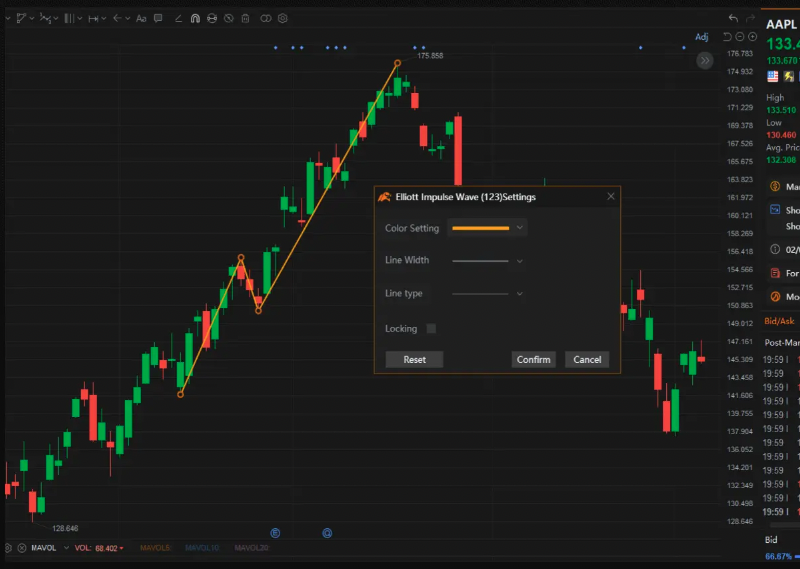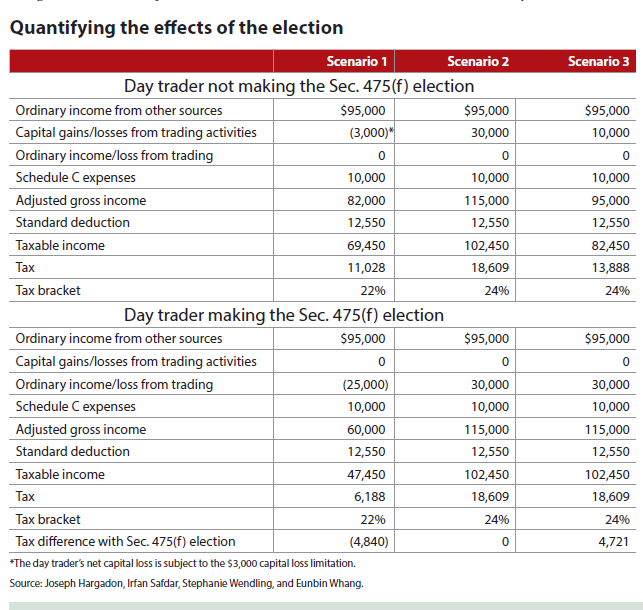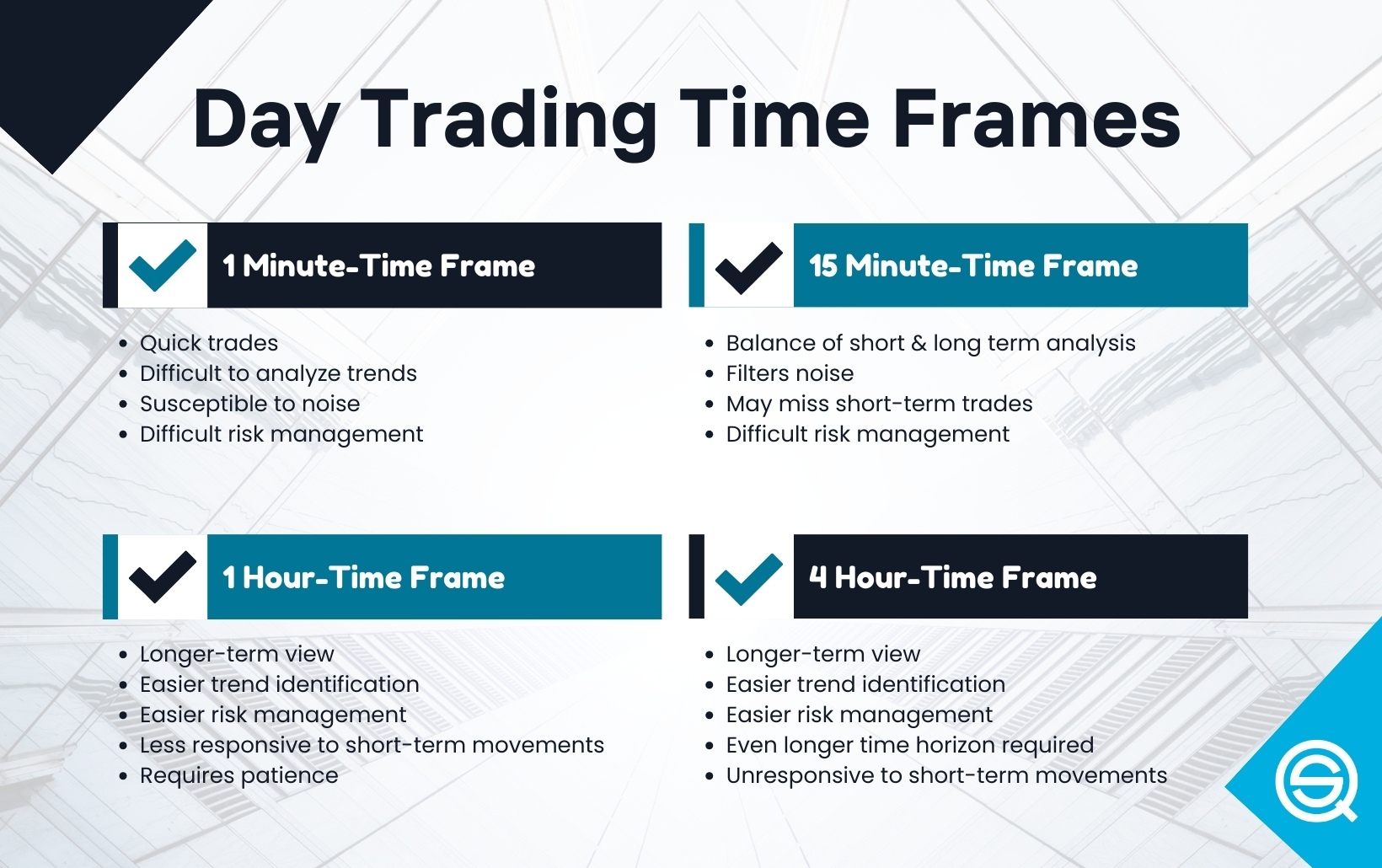Did you know that the average day trader spends more time analyzing charts than most people do deciding what to have for lunch? In the world of day trading, understanding the basics is crucial for success. This article dives into what day trading is and how it operates, detailing the key strategies and risks involved. You'll learn how much capital you need to start, the best platforms for trading, and tips to enhance your skills. We also cover common pitfalls to avoid, the importance of market analysis and technical indicators, and how to manage your finances and tax implications. Plus, discover the best times to trade and how leverage can amplify your results. Finally, we address the psychological hurdles day traders face and the importance of a well-structured trading plan. For more in-depth insights, DayTradingBusiness has you covered.
What is Day Trading and How Does It Work?
Day trading is the practice of buying and selling financial instruments within the same trading day. Traders aim to capitalize on short-term price movements, often making multiple trades throughout the day. They use technical analysis, charts, and market indicators to make quick decisions. Profits come from small price changes, and strategies include scalping, momentum trading, and swing trading. Successful day trading requires a solid understanding of the market, risk management, and the ability to make rapid decisions.
What Are the Key Strategies for Day Trading?
Key strategies for day trading include:
1. Technical Analysis: Use charts, indicators, and patterns to identify entry and exit points.
2. Risk Management: Set stop-loss orders and determine position sizes to protect your capital.
3. Scalping: Make quick trades to capture small price movements for profit.
4. Momentum Trading: Identify stocks moving significantly in one direction and trade based on that momentum.
5. News Trading: React quickly to market news or earnings reports that can influence stock prices.
6. Swing Trading: Hold positions for several days to benefit from expected price swings.
Implementing these strategies effectively can enhance your day trading success.
What Are the Risks of Day Trading?
The risks of day trading include significant financial loss, high volatility, emotional stress, and the potential for poor decision-making. Traders can quickly lose their entire investment due to market fluctuations. The fast-paced nature of day trading can lead to impulsive trades, increasing the likelihood of mistakes. Additionally, the need for constant monitoring can lead to burnout and anxiety. It's crucial to have a solid strategy and risk management plan to mitigate these dangers.
How Much Money Do You Need to Start Day Trading?
To start day trading, you typically need at least $25,000 if you're in the U.S. This is due to the Pattern Day Trader rule. However, you can begin with less—around $500 to $1,000—if you trade with a broker that allows lower minimums, but you'll face limitations. The key is to have enough capital to manage risk effectively and cover potential losses.
What Are the Best Platforms for Day Trading?

The best platforms for day trading include:
1. TD Ameritrade – Offers a robust trading platform with advanced charting tools.
2. E*TRADE – Known for its user-friendly interface and powerful trading features.
3. Interactive Brokers – Great for experienced traders, with low fees and extensive research tools.
4. Fidelity – Reliable platform with solid customer support and research resources.
5. Charles Schwab – Provides a comprehensive trading experience with no commission on stocks.
Choose based on your trading style, tools needed, and fee structure.
How Can You Improve Your Day Trading Skills?
To improve your day trading skills, focus on these key strategies:
1. Education: Study trading strategies, market analysis, and risk management. Books, online courses, and webinars can be helpful.
2. Practice: Use a demo account to practice without risking real money. This builds confidence and hones your skills.
3. Set Goals: Define clear, achievable trading goals. This keeps you focused and motivated.
4. Develop a Trading Plan: Create a detailed plan outlining entry and exit strategies, risk tolerance, and position sizing.
5. Analyze Your Trades: Keep a trading journal to review your trades, learn from mistakes, and refine your strategies.
6. Stay Updated: Follow market news and trends to make informed decisions.
7. Manage Risk: Use stop-loss orders and never risk more than you can afford to lose on a trade.
8. Control Emotions: Stay disciplined and stick to your plan, avoiding impulsive decisions based on fear or greed.
By applying these strategies consistently, you’ll enhance your day trading skills effectively.
What Are Common Mistakes to Avoid in Day Trading?
Common mistakes to avoid in day trading include:
1. Lack of a solid strategy: Trading without a plan can lead to impulsive decisions.
2. Overtrading: Frequent buying and selling can result in high fees and poor performance.
3. Ignoring risk management: Not setting stop-loss orders increases the chance of significant losses.
4. Emotional trading: Letting emotions drive decisions can lead to irrational choices.
5. Neglecting market research: Failing to analyze trends and news can result in missed opportunities.
6. Trading with insufficient capital: Inadequate funds can amplify losses and limit options.
7. Chasing losses: Trying to recover lost money often leads to more significant losses.
Avoiding these pitfalls can improve your day trading success.
How Do Day Traders Analyze Market Trends?
Day traders analyze market trends using technical analysis, chart patterns, and indicators like moving averages, RSI, and MACD. They also look for price action and volume changes to identify entry and exit points. News and economic reports can influence trends, so many traders monitor financial news closely. Sentiment analysis, including social media trends, helps gauge market mood. Overall, a combination of these methods allows day traders to make quick, informed decisions.
What Is the Role of Technical Analysis in Day Trading?
Technical analysis in day trading involves using price charts, indicators, and patterns to make quick trading decisions. It helps traders identify entry and exit points based on market trends and price movements. By analyzing historical data, day traders forecast short-term price fluctuations, aiming to capitalize on rapid changes. Key tools include moving averages, RSI, and candlestick patterns, which aid in assessing market sentiment and momentum. Effective technical analysis can enhance a trader's ability to manage risk and maximize profits in a fast-paced environment.
How Can You Manage Your Day Trading Finances?
To manage your day trading finances, start by setting a clear budget. Determine how much capital you’re willing to risk and stick to it. Use a trading journal to track your trades, profits, and losses, helping you identify patterns and improve strategies. Implement strict risk management by limiting losses to a small percentage of your capital per trade. Diversify your trades to reduce risk exposure. Regularly review your performance and adjust your strategies based on your findings. Finally, consider using trading software for better analysis and tracking.
What Are the Tax Implications of Day Trading?

Day trading involves buying and selling financial instruments within the same trading day. The tax implications of day trading vary by country but typically include:
1. Short-Term Capital Gains: Profits from day trading are usually taxed as short-term capital gains, which are taxed at ordinary income rates.
2. Wash Sale Rule: If you sell a security at a loss and buy it back within 30 days, the loss may be disallowed for tax purposes under the wash sale rule.
3. Record Keeping: Keep detailed records of all trades, including dates, amounts, and gains or losses, as this is crucial for accurate tax reporting.
4. Self-Employment Tax: If day trading is your primary source of income, you may be subject to self-employment tax.
5. Tax-Advantaged Accounts: Trading within tax-advantaged accounts like IRAs can defer taxes, but there are restrictions on trading frequency.
Consult a tax professional for personalized advice based on your situation.
## What is Day Trading and How Does It Work?
Day trading is the practice of buying and selling financial instruments within the same trading day, aiming to profit from short-term price fluctuations.
Learn more about: What is Day Trading?
How Do You Choose Stocks for Day Trading?
To choose stocks for day trading, focus on high volatility and liquidity. Look for stocks with significant price movements and large trading volumes, as these provide opportunities for quick profits. Use technical analysis to identify patterns and trends, and monitor news that may impact stock prices. Set clear entry and exit points and manage risk with stop-loss orders.
Learn about How to Choose Stocks for Day Trading Scalping
What Time of Day Is Best for Day Trading?

The best time of day for day trading is typically the first hour after the market opens (9:30 AM to 10:30 AM EST) and the last hour before it closes (3 PM to 4 PM EST). These periods often have the highest volatility and trading volume, providing better opportunities for quick profits.
Learn about What Are the Best ETFs for Day Trading?
How Do Day Traders Use Leverage?
Day traders use leverage to amplify their buying power, allowing them to control larger positions with a smaller amount of capital. By borrowing funds from a broker, they can invest more than their account balance. For example, if a trader has $10,000 and uses 2:1 leverage, they can trade up to $20,000 worth of stocks. This increases potential profits but also heightens risk, as losses are magnified. Effective risk management is crucial when using leverage in day trading.
What Are the Psychological Challenges of Day Trading?
Day trading involves buying and selling financial instruments within the same day. The psychological challenges include managing emotions like fear and greed, coping with stress from quick decision-making, and maintaining discipline to stick to trading plans. Traders often face anxiety over losses, pressure to perform consistently, and the temptation to deviate from strategies during volatile markets. These factors can lead to burnout and impaired judgment, impacting overall trading performance.
How Can You Develop a Day Trading Plan?
To develop a day trading plan, start by defining your trading goals and risk tolerance. Choose specific markets or instruments to trade, like stocks or options. Establish entry and exit criteria based on technical analysis. Set a daily loss limit to protect your capital. Create a routine for market research and analysis before the trading day. Track your trades in a journal to review performance. Finally, be adaptable; adjust your plan based on market conditions and personal experiences.
Learn about How to Develop Your Own Scalping Strategy for Day Trading
Conclusion about What is Day Trading?
In summary, day trading requires a clear understanding of strategies, risks, and market analysis. By leveraging technical analysis and managing finances effectively, traders can enhance their skills and improve their success rates. It's crucial to choose the right platforms and avoid common mistakes to navigate this fast-paced environment. For comprehensive insights and support, DayTradingBusiness is here to guide you through your day trading journey.
Sources:
- The cross-section of speculator skill: Evidence from day trading ...
- The Cross-Section of Speculator Skill: Evidence from Day Trading ...
- Ex-dividend day trading: Who, how, and why?: Evidence from the ...
- Do Individual Day Traders Make Money? Evidence from Taiwan
- A Profitable Day Trading Strategy For The U.S. Equity Market by ...